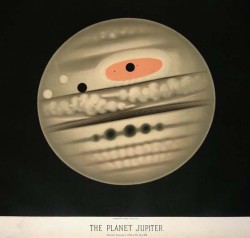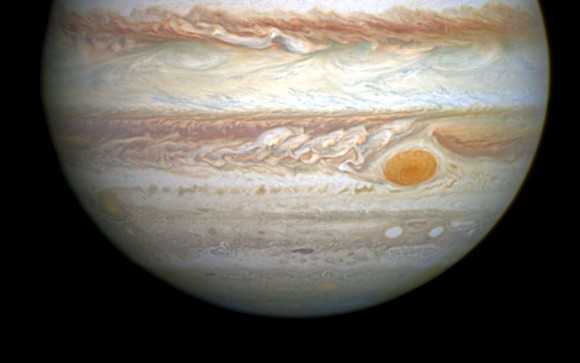
"Recent Hubble Space Telescope observations confirm that the spot is now just under 10,250 miles (16,500 km) across, the smallest diameter we've ever measured," said Amy Simon of NASA's Goddard Space Flight Center in Maryland, USA.
Using historic sketches and photos from the late 1800s, astronomers determined the spot's diameter then at 25,475 miles (41,000 km) across. Even the smallest telescope would have shown it as a huge red hot dog. Amateur observations starting in 2012 revealed a noticeable increase in the spot's shrinkage rate.

Many who've attempted to see Jupiter's signature feature have been frustrated in recent years not only because the spot's pale color makes it hard to see against adjacent cloud features, but because it's physically getting smaller.

"In our new observations it is apparent that very small eddies are feeding into the storm," said Simon. "We hypothesized that these may be responsible for the accelerated change by altering the internal dynamics of the Great Red Spot."
The Great Red Spot has been a trademark of the planet for at least 400 years - a giant hurricane-like storm whirling in the planet's upper cloud tops with a period of 6 days. But as it's shrunk, its period has likewise grown shorter and now clocks in at about 4 days.
The storm appears to be conserving angular momentum by spinning faster the same way an ice skater spins up when she pulls in her arms. Wind speeds are increasing too, making one wonder whether they'll ultimately shrink the spot further or bring about its rejuvenation.
Definitely worth keeping an eye on.



How about it's little brother?